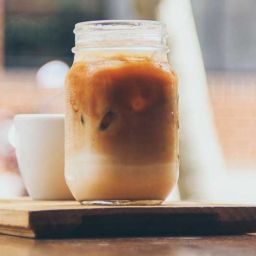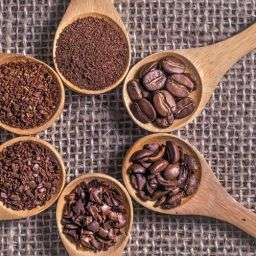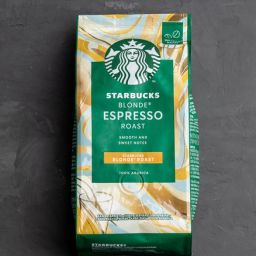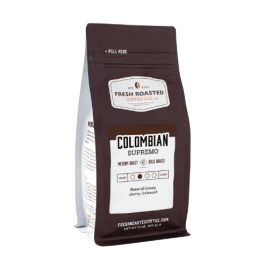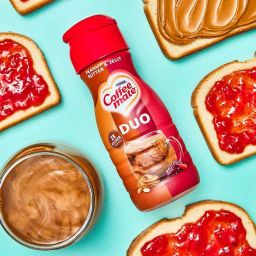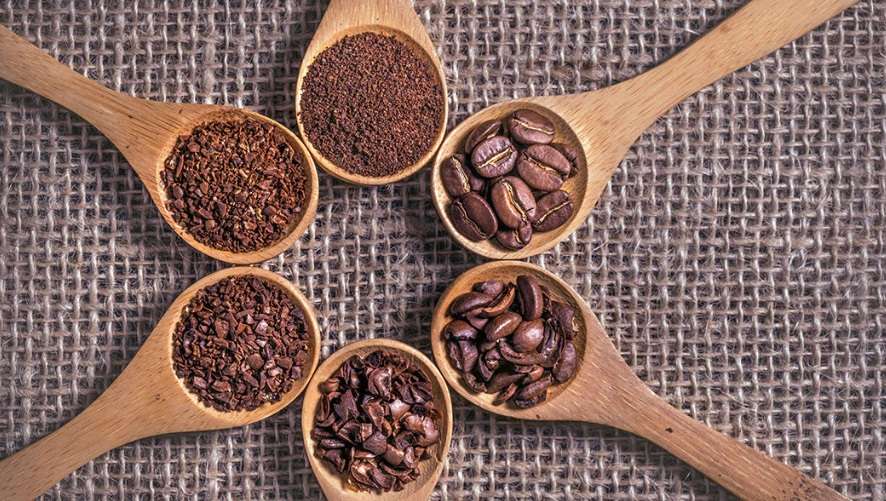
Percolators are a timeless method to brew coffee, bringing out a rich and robust flavor from your favorite beans. The choice of coffee grounds can significantly influence the taste of your brew. Whether it’s decaf for those sensitive to caffeine, regular ground coffee for traditionalists, instant coffee for convenience seekers, or freshly ground coffee beans for purists, percolators handle them all with ease. The key is to match the coffee type to your taste preference and enjoy the unique brewing experience a percolator offers.
Key Takeaways
- Coffee Beans or Grounds? Both work beautifully in a percolator. Whether you have a preference for whole beans that you grind at home or pre-ground coffee, percolators are versatile enough to accommodate.
- Grind Size Matters. To sidestep the bitterness often associated with percolator brews, opt for coarsely ground coffee. This grind size prevents over-extraction, a common pitfall that can lead to a bitter taste.
- Simple, Economical, and Eco-Friendly. Percolators score high marks for being straightforward to use, cost-effective over time, and kind to the environment. Unlike pod-based machines, percolators do not generate single-use plastic waste, making your morning cup as eco-friendly as it is delightful.
The History and Development of Coffee Percolators
The coffee percolator has a fascinating history that stretches back to the military’s attempts to improve soldiers’ health. The journey began with Benjamin, a British innovator in the Bavarian Army, who sought a healthier alternative for troops accustomed to drinking alcohol. His efforts laid the groundwork for the percolator’s development, leading to Joseph-Henry-Marie Laurens’ improved design in 1819 that could be heated on a stove.
However, it was Hanson Goodrich, an American farmer, who in 1889 patented the design most similar to today’s percolators. This design, featuring a broad base, a central tube, and a basket, revolutionized coffee brewing, making it accessible and enjoyable for households worldwide.
How to Choose the Right Coffee for Your Percolator
Roast Type: The roast type significantly affects the coffee’s flavor profile in your cup. While personal preference plays a big role, medium to dark roasts often yield the best results in a percolator. These roasts bring out a rich, full-bodied flavor that percolators are celebrated for, without the bitterness that can come with over-extraction.
Grind Size: The grind size is arguably as important as the type of coffee you choose. Percolators require a coarser grind similar to that used for French press coffee. A coarse grind ensures that the water can percolate through the coffee at just the right speed, extracting maximum flavor without the bitterness associated with fine grinds. Fine grinds can also clog the percolator’s filter, leading to an over-extracted brew and a difficult cleanup.
Step-by-Step Guide to Using a Percolator
Using a percolator for your coffee can bring a sense of tradition and a richer taste to your morning routine. Here’s how to get the best out of your percolator:
- Start with a Clean Setup: Make sure your percolator is clean and dry before you begin. Any old grounds or residue can affect the taste of your new brew.
- Measure and Add Water: Pour cold, fresh water into the bottom chamber of the percolator. The amount of water will determine how many cups of coffee you’ll get, so use the markings on the percolator if available.
- Add Coffee Grounds: Place the grounds basket onto the stem. Then, add coarsely ground coffee to the basket. A good rule of thumb is one tablespoon of coffee for every cup of water, but you can adjust to taste.
- Assemble and Heat: Secure the lid and place the percolator over your heat source. If you’re using a stovetop model, a medium heat setting is a good starting point.
- Watch the Perk: Once the water heats, it will begin to percolate up into the grounds and back down into the water chamber. This is when your coffee is brewing. The process should last about 7 to 10 minutes, but you can adjust the time based on how strong you like your coffee.
- Remove from Heat: Once brewing is complete, remove the percolator from the heat source immediately to avoid over-extraction.
- Serve and Enjoy: Let the coffee sit for a minute to allow the grounds to settle, then serve and enjoy your perfectly percolated coffee.
Troubleshooting Common Percolator Issues
If you run into issues with your percolated coffee, here are some troubleshooting tips:
- Coffee Too Weak or Strong: Adjust the water to coffee ratio. If your coffee is too weak, try adding more grounds. If it’s too strong, reduce the amount of coffee or increase the water.
- Grind Size: If your coffee tastes bitter or too harsh, your grind may be too fine. Coarser grinds work best in percolators as they allow water to flow through more evenly, extracting the right amount of flavor.
- Extraction Time: The brewing time can also impact the flavor. If the coffee is bitter, try reducing the percolation time. Conversely, if it’s too weak, allow it to brew a bit longer.
- Temperature and Watching the Brew: Ensure your heat source is not too high, as boiling water can extract bitter compounds from the coffee. It’s also essential to keep an eye on your percolator throughout the brewing process to prevent over-extraction.
Best Coffee Brands and Types for Your Percolator
When it comes to brewing coffee in a percolator, not all beans are created equal. The key to a great percolator coffee lies in choosing the right coffee brand and type. Here are some top recommendations for medium roast, coarse ground, and whole bean options that are perfect for your percolator:
- Medium Roast: Ideal for percolators, medium roast beans offer a balanced flavor that’s not too harsh or too mild. Look for brands that specify their beans are suitable for all brewing methods, including percolation.
- Coarse Ground Coffee: Pre-ground coffee that’s specifically labeled as coarse is perfect for percolators. This grind size allows for the optimal extraction of coffee flavors without over-extracting bitter compounds. Some brands offer specialty blends pre-ground to the perfect coarseness for percolation.
- Whole Bean Coffee: For those who prefer to grind their own coffee, selecting whole beans gives you the control to achieve the perfect grind size for your percolator. Opt for beans that are known for their robust flavor profiles, as these will shine in the percolation process.
A few brands to consider include Eight O’Clock Coffee for its 100% Colombian Peaks, which offers a smooth and full-bodied medium roast. Another great choice is the Fresh Roasted Coffee’s Costa Rican Tarrazu, known for its smooth acidity and complex layers of fruity flavors combined with deep cocoa notes, making it an excellent medium roast option for percolator enthusiasts.
How to Grind Coffee Beans for a Percolator
The grind size of your coffee beans can make or break your percolated coffee experience. For percolators, the grind size should be coarse, similar to the texture of sea salt. This size allows the water to properly extract the coffee flavors without pulling out the bitter compounds that can come from over-extraction.
To achieve the right coarseness, use a burr grinder set to a coarse grind setting. Burr grinders are preferred over blade grinders because they provide a more consistent grind size, which is crucial for percolation. If you’re using a blade grinder, pulse the beans in short bursts to avoid over-grinding them into a fine powder.
FAQs
Can I Use Drip Grind Coffee in a Percolator? While drip grind coffee can technically be used in a percolator, it’s not recommended. The finer grind can lead to over-extraction and a bitter taste. Stick with coarser grinds for the best results.
Is a Percolator Good for Hiking? Absolutely! Percolators are great for outdoor adventures like camping and hiking. They don’t require electricity, just a heat source, making them perfect for brewing coffee in the great outdoors.
How Does Percolator Coffee Taste Compared to Drip Coffee? Percolator coffee is generally richer and more robust than drip coffee. The brewing process allows for full extraction of the coffee’s flavors, resulting in a strong and hearty cup. However, it can be more bitter if not monitored carefully.
Final Thoughts
Embracing the percolator method for brewing coffee unlocks a world of rich, robust flavors that can’t be matched by drip machines. Remember to use coarsely ground coffee, adjust your water to coffee ratio to taste, and monitor the brewing process to avoid over-extraction.




